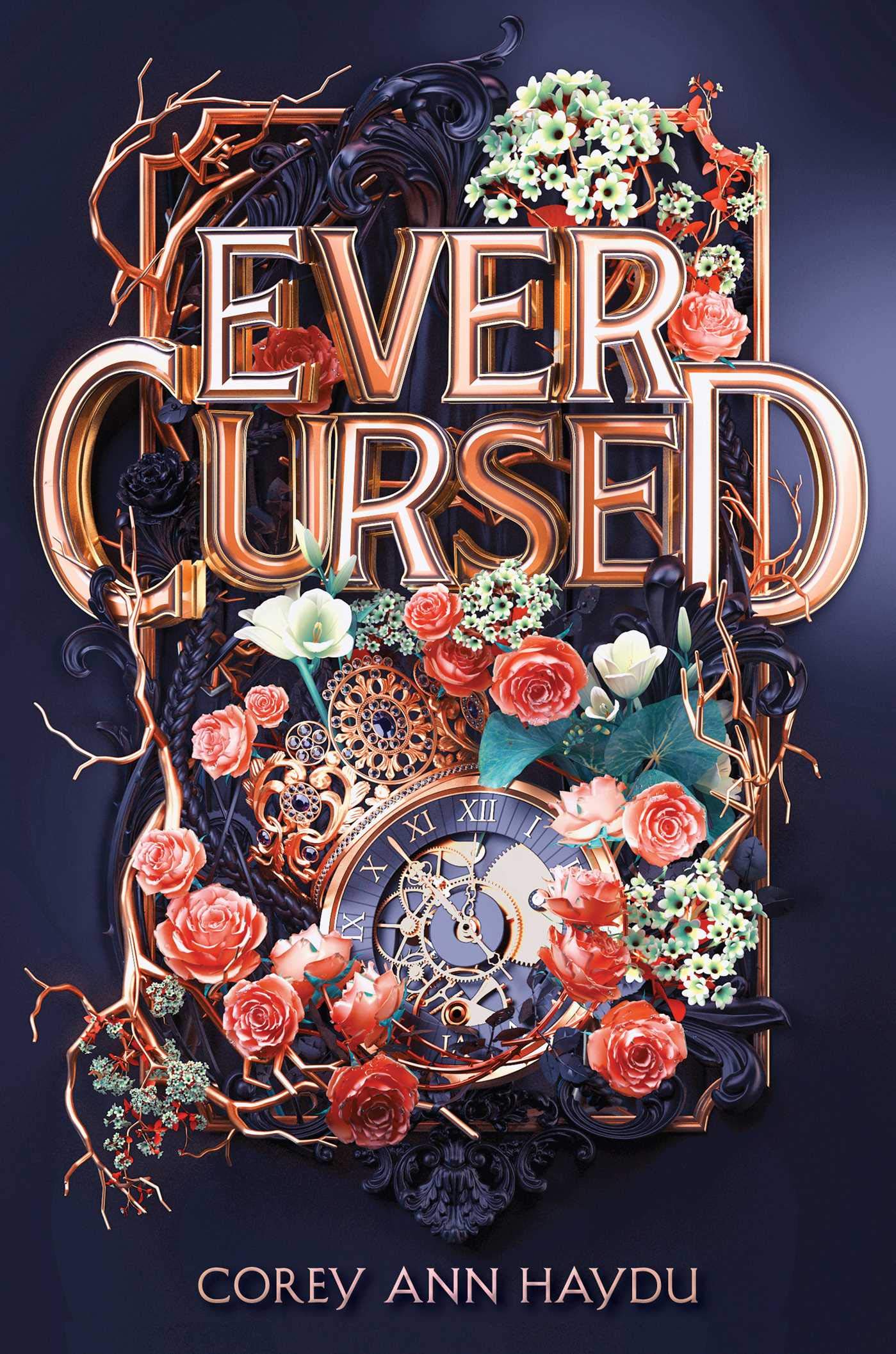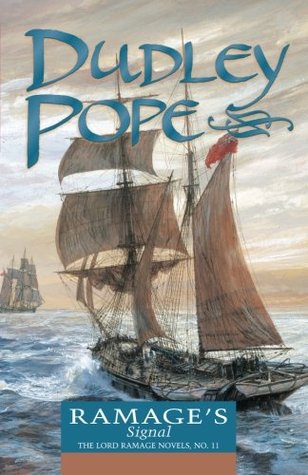[button color=”black” size=”big” link=”http://affiliates.abebooks.com/c/99844/77798/2029?u=http%3A%2F%2Fwww.abebooks.com%2Fservlet%2FSearchResults%3Fisbn%3D9780060934347″ target=”blank” ]Purchase here[/button]
Everyone who meets Don Quijote is amazed that one and the same person can be so wise and well spoken regarding most things and so completely insane when it comes to chivalry and the deeds of knight-errantry. Really a sensible old country gentleman, he has had his head turned by “books of chivalry”—romances about the apocryphal acts of apocryphal knights, their quests and amours, their saintly virtues and their military exploits. At times it seems possible that he has deliberately chosen to set aside reason, to make a break with the modern world, and at hazard of looking like a lunatic, to pursue the ideals of a time that has long passed, if it ever was. He’s like the original template of the fanboy who gets himself up as a Klingon and insists on acting and speaking like a Klingon, even after the fan convention leaves town. Maybe he’s a danger to himself and others. Maybe he’s a harmless fool. Maybe his protest against the unromantic pragmatism of modern life will be heard. Or maybe his plight is a protest against the poison of romance. Spin your interpretation as you will, what happens to Don Quijote and his talkative, rustic squire Sancho Panza is so funny that you may hurt yourself laughing.
Don Quixote sallies forth to become a knight, and begins his adventures by mistaking a country inn for a castle, the attending prostitutes for fair ladies, and a peasant wench for his ideal beauty, the Lady Dulcinea. After a few adventures in which he accomplishes little except being drubbed within an inch of his life, he returns to his estate to recover. Although his niece, housekeeper, barber, and priest try to cure his madness by burning his books of chivalry, he sneaks out on a second sally, aided and abetted by the plump peasant Sancho: one clad in tarnished armor and mounted on a swaybacked horse called Rocinante, the other astride an ass with the descriptive name of Dapple.
At first Sancho is the voice of reason, pleading with his master to believe that he is tilting not at giants but at windmills, or that he is entering an inn rather than a castle. But soon he enters into the shared delusion, enticed by promises of a reward like being made governor of an island. Neither of them, however, is entirely above deception, as Sancho shrewdly fools his master into believing that Dulcinea has been enchanted to look like a coarse country girl, and Don Quixote fabricates (and thereafter really believes) a fantastic experience in an enchanted cave. Enchanters and enchantments multiply around them, always a ready fallback to explain why something looks like other than what the silly pair believe it to be. And so they persist in acting out their joint fantasy, even while passersby gape at them in amazement, or sometimes run away in fright; even, indeed, when some of their adventures cost them bruises and scrapes and broken teeth, to say nothing of terror, exhaustion, hunger, and humiliation.
Some of the knight-errant’s friends conspire together on how to bring him home and cure him of his mania. One attempt that succeeds, for a time, involves a cage in which they convince Don Quixote that he has been confined by magic. Still, he makes a third sally, again with Sancho in train, intending to win a suit of armor at a jousting tournament in Saragossa. But his plans go all awry, and after many more adventures—some of them instigated by a Duke and Duchess who are having fun at his expense—the great knight meets his match, goes home in defeat, and comes to his senses at last. His adventures end in a way that, while not altogether happy, best serves the author’s stated purpose of destroying those hated books of chivalry.
I have not mentioned one tenth of the strange things Don Quixote and Sancho Panza do in this book. Besides crossing paths with characters who have their own stories to tell—embedded vignettes that make the first half of the book an especially varied patchwork of melodramas and adventures—they make serious, though misjudged, attempts to assist the oppressed and afflicted. So Don Quixote frees a gang of prisoners who have been sentenced to the galleys, attacks a religious procession, comes off worst in several battles, and actually wins a few. In blithe disregard of reality and his own safety, he tilts at stampeding cattle, leaves Sancho to suffer for an unpaid debt, and is persecuted by an amorous servant girl. Sancho, meanwhile, gets a taste of an island governor’s life and doesn’t like it. Even less does he like being sentenced to 3,300 self-administered lashes, which are required to release Dulcinea from her enchantment. As the story matures from a sequence of farcical episodes to a deeply thoughtful, yet equally funny, meditation on themes of deception and self-deception, a novel takes shape that is not only a great work of art, but also a grand piece of entertainment.
Thirty-one CDs of David Case reading the English translation of this classic Spanish novel proved a rule that I have long embraced. Yes indeed, the Audiobook is an enchantment that turns books that you feel guilty about not having read—though not guilty enough to read on your own—into a pleasure that you would gladly repeat. I had so much fun listening to the late Mr. Case read this book that I’m actually tempted to read it with my own eyes, on paper or Kindle. It isn’t the dry, plodding, attention-span-defying mess of antiquated manners, unfamiliar words, and over-the-head literary devices that one might expect of a novel published four hundred years ago in another language. And even though the incidents everybody knows are in it, such as the tilting-at-windmills gag, are loaded at the front end of the rather long novel, it never runs out of hilarious and romantic incidents to savor and remember. Perhaps everyone knows about the windmill scene because that’s as far as most people have read, if they’ve tried reading it at all. Or perhaps it’s because it’s the first of a series of incidents so funny and droll that they changed the world. Don Quixote does many things equally mad, equally out of step with his time, equally driven by his willful delusion of being a chivalric knight-errant—in a word, quixotic—and tilting at windmills stands for all of them.
You heard right. Don Quixote changed the world. It frequently tops the list of the greatest novels, or works of fiction, in any language. It did for the modern Spanish language what Shakespeare and the King James Bible did for English. (Here’s an interesting bit of trivia: Cervantes and Shakespeare died one day apart, on April 22 and 23, 1616, respectively.) Don Quixote is even credited with being the first novel in the modern sense, a turning point in the history of literature. It has inspired countless works of art, including paintings, sculptures, operas, plays, ballets, films, and of course, more novels. But the original is still worth experiencing. It is full of dry wit, bawdy humor, hilarious pranks, and cutting satire. It is speckled here and there with spots of literary criticism, swaths of swooning romance, stretches of action and suspense, twinkles of surrealistic fantasy, and now and then a spritz of touching pathos.
Partly because of the circumstances of its writing, which I was going to call “unique” until I realized how much it has in common with many other literary phenomena since then, this book also packs in the fascinating aspect of characters who are aware of being characters in a book. During the ten-year interval between its two volumes (published in 1605 and 1615), an unknown author under the pseudonym Avellaneda published a spurious sequel to the first part, which appropriated Cervantes’ characters and used them in a way so foreign to Cervantes’ intentions—not to mention insulting to the author himself—that the fraud actually altered the course Cervantes had planned for his hero. So when we read this novel today, we read a book whose second half is influenced by criticism of the first half, and by a response to a poorly executed work of fan-fiction that tried to cash in on it, and by a consciousness of being a book that runs so deep as to include a scene at the printing press. While Cervantes hides behind the conceit that he is translating the work of an Arabic historian, he takes digs at his literary rival and tries to explain his way out of continuity errors in the first volume. Don Quixote, meanwhile, both enjoys the notoriety and suffers the consequences of being the subject of a published book. He even, finally, meets a man who was a character in Avellaneda’s travesty, and forces him to admit that he isn’t the Don Quixote he knew.
Cervantes wrote in Spanish, and probably a dialect of Spanish that sounds old-fashioned today. Don Quixote spoke in an even older dialect that is now called Old Castilian. In translation this difference is probably hard to get across, except by having Don Quixote use lofty and archaic terms. Having a reader like David Case playing the characters can do a great deal to highlight distinctions like this. Case’s diction as Quixote has a flowery, exaggerated Britishness, with excessively rolled Rs and a sense of having a stiff upper lip. As Sancho, he switches to a pastoral, West Country burr, full of dropped consonants and flattened vowels. Thus we of the English-speaking world make sense of the social distinctions of Cervantes’ Spain. But listen to the characters speak for themselves, for once. When you do, you may be surprised, and perhaps saddened to think how much time you lost in waiting for guilt to drive you into this book. Don’t wait for your “no one can be well-read without reading Don Quixote” guilt to trip you into it against your will. You’ll really enjoy this book, especially if you accept the help of an Audiobook reader.
Full title: The Ingenious Gentleman Don Quixote of La Mancha—Buy it!
Miguel de Cervantes Saavedra at Wikipedia
Recommended Ages: 13+



